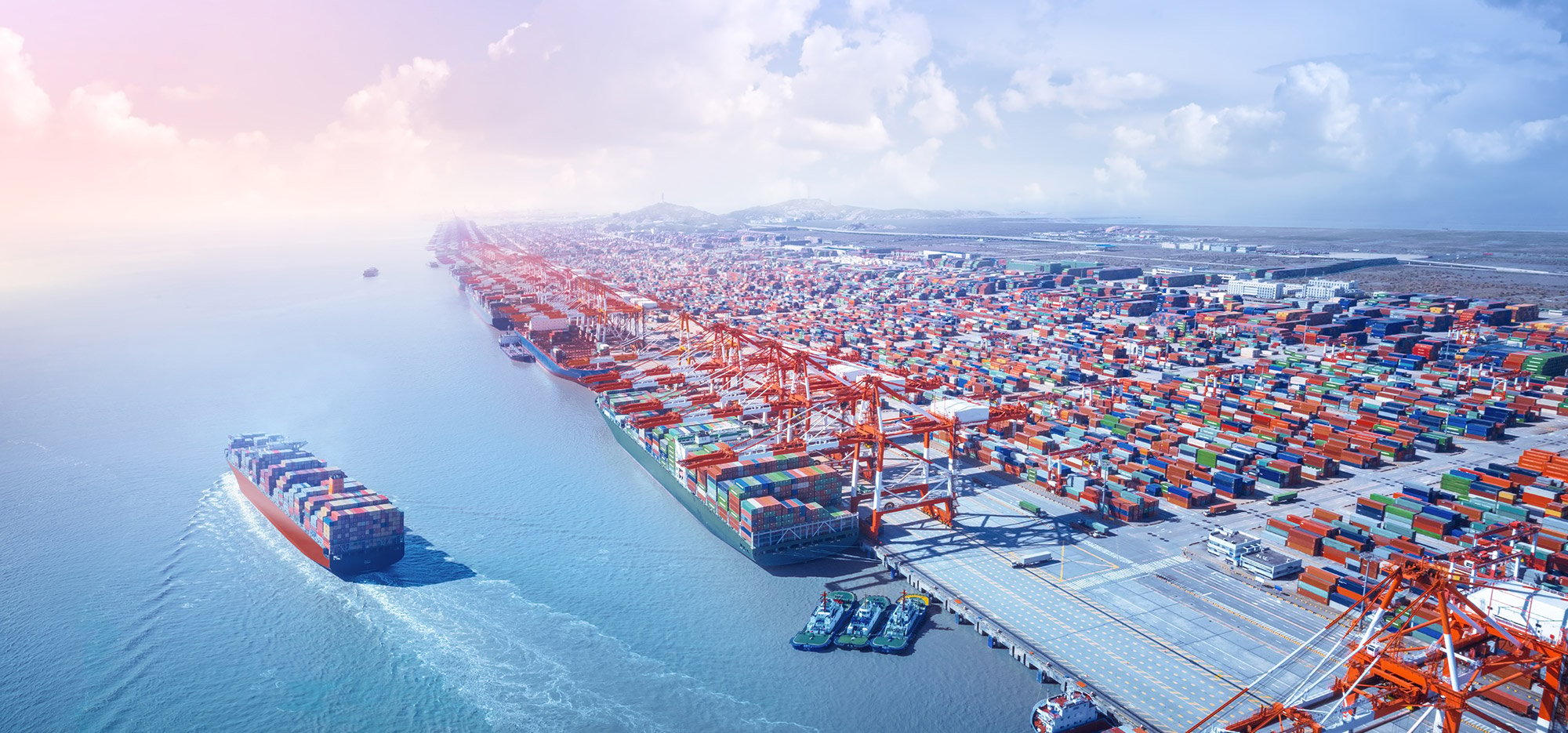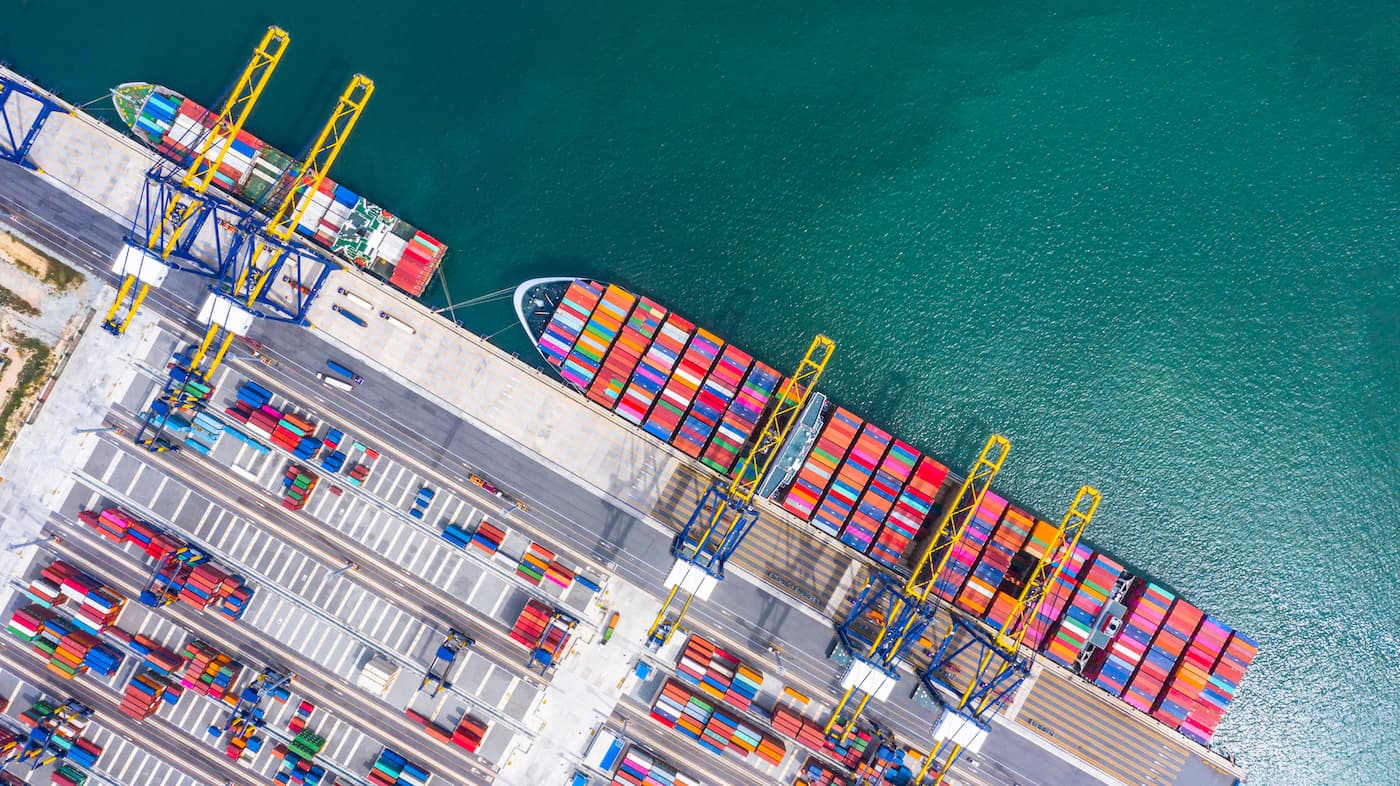Topics: Freight Forwarding, Global Economic Outlook, Logistics and supply chain management

5 Global Trade Stats to Watch
5 key global trade stats from CAF Worldwide's Quarterly Forecast
Leave a Comment
Leave a Comment

How to Choose the Right Ocean Freight Forwarder for Your Business
Learn how to choose the right ocean freight forwarder by evaluating experience, global network, services, and support to improve your international shipping.

How Can a Dependable Logistics Partner Reduce Your Total Supply Chain Cost?
Discover cost reduction strategies in supply chain management with CAF Worldwide. Learn how a reliable logistics partner can optimize efficiency, visibility, and bottom-line impact.

What Does ‘End-to-End Supply Chain Visibility’ Actually Mean—And Why Does It Matter?
Discover what end-to-end supply chain visibility really means, why it matters, and how CAF Worldwide’s integrated solutions drive dependability and transparency across your supply chain.









 Copyright 2025 CAF Worldwide. All rights reserved.
Copyright 2025 CAF Worldwide. All rights reserved.